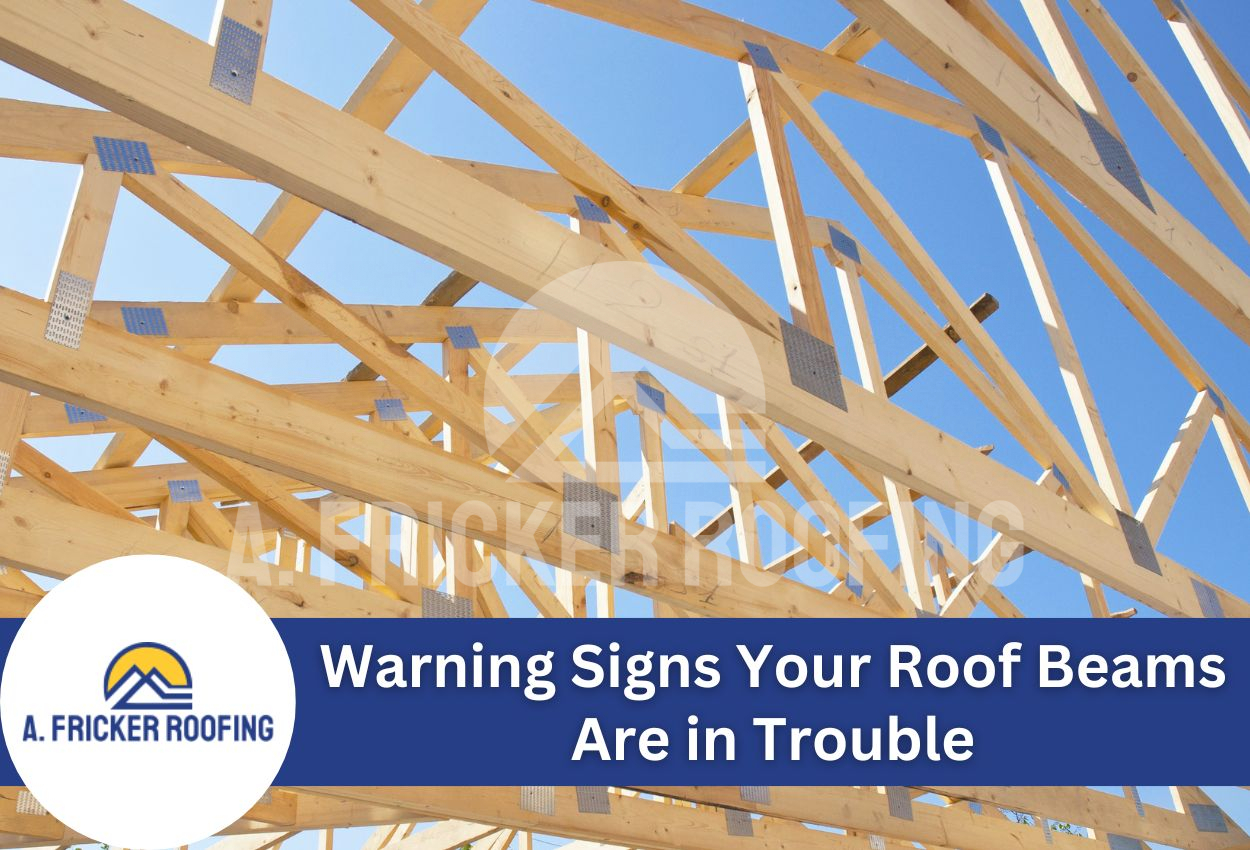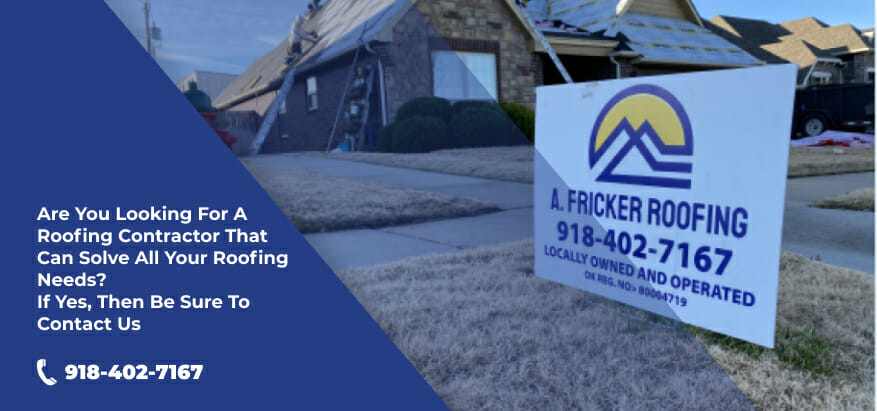Roof beam damage is one of the most serious threats to a home’s structural integrity, yet many homeowners are unaware of the warning signs until problems become severe. These important support structures bear the entire weight of roofing materials while protecting against wind, snow, and other environmental forces. When roof support beam problems develop, they rarely announce themselves with dramatic failures.
Sagging roof beams are the most obvious red flag, but numerous other symptoms signal potential trouble brewing within a home’s framework. Interior ceiling cracks, doors that suddenly refuse to close properly, and mysterious creaking sounds during weather changes all point toward possible beam deterioration. Wooden beam replacement becomes necessary when water, insect damage, or excessive loads compromise the structural elements beyond repair.
Understanding these early warning signals enables property owners to address issues before they escalate into expensive emergencies. The inspection of load-bearing beams can reveal problems that might otherwise remain hidden for years, causing progressive damage throughout the entire roofing system. Recognizing the difference between cosmetic concerns and genuine structural threats helps homeowners make informed decisions about necessary repairs and professional assessments.
Common Culprits Behind Roof Beam Deterioration
Water damage is the primary enemy of wooden roof beams, creating a bunch of problems that weaken the structural integrity over time. Leaks typically begin through damaged shingles, compromised flashing, or inadequate ventilation systems that trap humid air within the attic space. Once water gets into the wooden beam structure, it softens the fibers and creates ideal conditions for rot to develop. This deterioration process often remains invisible until significant structural beam repair becomes necessary.
The rotting process accelerates when moisture combines with poor air circulation, transforming solid load-bearing beams into weakened supports that cannot handle their intended weight. Sagging roof beams frequently result from this gradual weakening, as the wood loses its ability to span distances effectively. Regular load-bearing beam inspection helps identify moisture-related damage before it progresses to the point where wooden beam replacement becomes the only viable solution.
Pest infestations present another serious threat to roof beam stability, with termites and carpenter ants targeting the cellulose-rich wood that forms the backbone of roofing systems. These insects create extensive tunnel networks within beams, hollowing out critical sections while leaving minimal external evidence of their destructive activity. Termites consume wood from the inside out, while carpenter ants dig grooves that compromise structural strength and create entry points for water to get in. These issues compound to make roof support beam problems even worse.
Understanding When Professional Inspection Becomes Critical
Certain warning signs indicate that roof beam damage has progressed beyond typical homeowner assessment capabilities and requires immediate professional evaluation. Roof beams that are severely sagging present the most urgent concern, particularly when the damage becomes visible from ground level or when ceiling fixtures begin pulling away from their mounting points. These conditions mean that a load-bearing beam inspection cannot wait, as continued deterioration may lead to catastrophic failure that endangers occupants and property.
Structural beam repair decisions require expert analysis when multiple symptoms appear simultaneously across different areas of the home. Professional inspectors possess specialized equipment to measure deflection rates, assess moisture content within wooden beam replacement candidates, and determine whether existing supports can handle current loads safely. They examine connection points where beams meet walls or other structural elements, checking for loose fasteners, cracked mounting hardware, or signs of beam separation that indicate imminent failure risks.
Certified structural engineers evaluate roof support beam problems by calculating load capacities and comparing them against current stress levels throughout the framework. Their assessment includes examining the entire load path from the surface of the roof down through the walls to the foundation, identifying weak links that might compromise the system’s overall performance. This comprehensive approach ensures that any recommended repairs address underlying causes rather than simply treating visible symptoms of beam deterioration.
Repair Solutions for Different Types of Beam Problems
Minor roof beam damage often responds well to reinforcement techniques that restore structural integrity without requiring complete wooden beam replacement. These early-intervention methods work best when load-bearing beam inspections reveal surface-level deterioration or slight sagging that has not compromised the beam’s core strength. One method, called sistering, involves attaching new lumber alongside damaged beams, effectively doubling the load-carrying capacity while providing additional support to weakened sections.
Steel reinforcement plates bolted to both sides of damaged wooden beams create another effective solution for addressing moderate roof support beam problems. This approach works particularly well when rot or insect damage affects only specific sections rather than the entire length. Metal brackets and engineered connectors strengthen attachment points where beams meet walls or other structural elements, preventing further separation that could lead to more extensive sagging roof beams.
Advanced structural beam repair becomes necessary when damage extends throughout significant portions of the support system. Beam replacement using engineered lumber or steel alternatives provides long-term solutions for severely compromised structures. Installing temporary support systems during repair work ensures continued safety while contractors remove damaged sections and install new materials. These approaches address underlying moisture problems, improve ventilation systems, and incorporate modern materials that resist future deterioration better than traditional wooden beam construction methods.
When Replacement Is Your Only Safe Option
Certain levels of roof beam damage reach a point where repair attempts become inadequate and potentially dangerous. Wooden beam replacement becomes the only responsible choice when structural integrity has deteriorated beyond salvageable limits. This critical decision point typically occurs when beams show extensive rot extending through more than 30% of their cross-sectional area, or when sagging exceeds engineered deflection limits for the span and load requirements.
When multiple issues show themselves during an inspection of your roof’s load-bearing beam, replacement becomes a necessity to avoid unsafe conditions. Severe insect damage that has hollowed out substantial portions of the beam core, combined with moisture infiltration that has softened remaining wood fibers, creates a dangerous situation where temporary fixes merely postpone inevitable failure. Professional structural engineers can calculate the remaining weight capacity against required performance standards, determining when roof support beam problems have progressed beyond repair.
The replacement process begins with installing temporary support systems that safely transfer weight away from damaged beams during removal and installation procedures. This important step prevents structural collapse while contractors work on the compromised elements. Material selection for new beams depends on span requirements, load calculations, and environmental conditions that contributed to the original failure. Modern engineered lumber products often provide superior performance compared to traditional materials, offering enhanced water resistance and dimensional stability that address the underlying causes of the structural beam repair emergency.
Prevention Strategies to Protect Your Investment
Preventing roof beam damage requires proactive moisture control measures that address water infiltration before it compromises structural integrity. Proper attic ventilation creates essential airflow patterns that remove humid air and prevent condensation from accumulating on wooden beam surfaces. Installing ridge vents paired with soffit vents establishes continuous air circulation that keeps beam moisture content at safe levels throughout seasonal temperature changes.
Vapor barriers installed correctly beneath the insulation prevent warm, moist air from reaching cold wooden beams during the winter. Sealing air leaks around electrical gaps, plumbing vents, and other openings eliminates pathways for humid indoor air to enter the attic space. These moisture control improvements work together to create environmental conditions that naturally resist the rot and deterioration processes that lead to structural beam repair emergencies.
Regular maintenance practices help identify potential roof support beam problems during their earliest stages, when repairs remain simple and affordable. Annual visual inspections of attic spaces should focus on checking for water stains, unusual odors, or visible sagging that indicates developing issues. Monitoring roof surface conditions includes examining shingles, flashing, and gutters for damage that could allow water to reach load-bearing beam structures.
Establishing seasonal maintenance schedules ensures consistent monitoring of conditions that contribute to sagging roof beams over time. Professional load-bearing beam inspection every 3 to 5 years provides expert evaluation of structural conditions that untrained eyes might miss, catching problems while prevention remains possible rather than waiting until extensive repairs become necessary.
Choosing the Right Professional for Your Beam Issues
Selecting a qualified contractor to handle roof beam damage requires careful evaluation of credentials, experience, and specialized expertise in structural repairs. Licensed roofing contractors must possess current state certifications and proper insurance coverage to legally perform structural beam repair work. Verification of licensing status through state regulatory boards ensures that potential contractors meet the minimum competency requirements that protect property owners from substandard workmanship or project abandonment.
Experience specifically with load-bearing beam inspection and wooden beam replacement is more valuable than general roofing credentials alone. Contractors understand the complex engineering principles involved in maintaining structural integrity during repair processes. They possess specialized equipment for safely supporting weight loads while replacing damaged beams and have familiarity with local building codes governing structural modifications.
Essential questions for potential contractors include requesting detailed explanations of their process for identifying sagging roof beams and determining repair vs. replacement decisions. Qualified professionals readily provide references from recent structural projects and explain their approach to temporary support installation during beam work. They discuss material selection criteria for different applications and outline warranty coverage for both labor and materials used in structural beam repair projects.
Red flags include contractors who provide estimates without a thorough inspection, pressure homeowners for immediate decisions, or lack proper licensing documentation. Avoid professionals who cannot explain load calculations or suggest repairs without addressing the underlying moisture problems that caused the original roof beam damage. Quality contractors take time to educate property owners about structural requirements rather than rushing toward quick fixes that may compromise long-term safety and performance.
Get Expert Roof Beam Damage Repairs in Tulsa from A. Fricker Roofing and Waterproofing
If you’ve noticed any signs of roof beam damage, such as sagging, cracking, or unusual creaking sounds, don’t wait for the problem to get worse. Safeguard your home by calling the professionals at A. Fricker Roofing and Waterproofing. With extensive experience in structural beam repair and a deep understanding of roof support beam problems, our team is equipped to handle even the most complex challenges.
Immediate action can prevent further damage and expensive future repairs. Whether it’s wooden beam replacement or minor repairs, we ensure your roof maintains its structural integrity and safety. Contact A. Fricker Roofing and Waterproofing today at (918) 402-7167 to schedule your load-bearing beam inspection and protect your investment.

